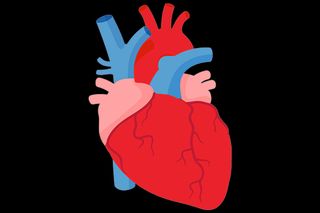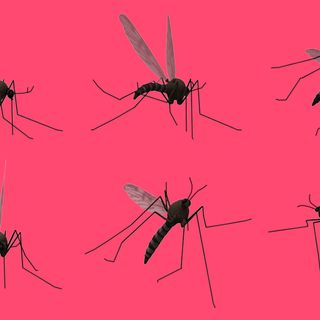
Urban Men, Women Most At‑Risk of Cardiovascular Disease in India
City living has a downside.

It’s something about living in the city.
That’s the takeaway of a new study mapping cardiovascular disease risk and prevalence in India, where the disease is the leading cause of death. By examining household survey data from 797, 540 participants aged 30 to 74 years, researchers from Harvard University found the loci of highest risk among the urban, wealthy population. In fact, the wealthier and older a city-dweller is, man or woman, the higher their chance of some kind of cardiovascular problem.
And older doesn’t necessarily mean elderly. Between ages 40 and 49, the wealthiest, urban women had a 11% to 17% risk of developing cardiovascular disease within 10 years; the poorest rural women an 8% to 12% chance. Wealth is a factor; the wealthiest rural women had a 10-year risk of cardiovascular disease similar to the wealthiest female city dwellers. But it’s also, well, something in the cities: The poorest, urban women still had an elevated risk compared to the poorest, rural women.
The findings, published in the journal PLOS Medicine, are similar for men, who across the board have higher risk than women for cardiovascular disease. The 10-year risk for cities’ wealthiest men in their 40s is 17% to 24%; the risk for the poorest, rural men in their 40s is 14% to 19%.
It’s the first mapping of cardiovascular risk among a population already known for a higher cardiovascular risk compared to other ethnicities. Studies comparing South Asians to other ethnicities have found a higher prevalence of cardiovascular disease, disproportionate to the region’s population. The reason for this is unclear, but one factor may be South Asians’ concurrent predisposition to insulin resistance, which can contribute to developing diabetes and obesity — both risk factors for cardiovascular disease. In fact, the report also explored population-wide BMI and high blood glucose and found significant overlap in the segments of the population (wealthy and urban) at risk of cardiovascular disease and the population segments.
The report confirms much of what the public health community already knows, just at a larger scale; statistics from the Indian Heart Association show 50% of heart attacks in Indian men occur before age 50, and 25% before age 40. (No figures are available for women.) But it provides a roadmap for public health campaigns.
“[This] information will be essential for effective targeting of resources and interventions for prevention, screening, and treatment to those most at risk and most in need,” the authors say. “Such investments in targeted CVD care programs as well as relevant health policy measures are urgently needed — particularly in states with a high CVD risk.”
The burden of cardiovascular disease is particularly heavy in certain parts of the country. Rural populations, taking into account age, with the highest risk of developing cardiovascular disease within the next ten years were found in Himachal Pradesh, Kerala, Nagaland, and Manipal. The same regions had high-risk urban populations, as well as Punjab, Himachal Pradesh, Uttarakhand, Tamil Nadu, Andhra Pradesh, and West Bengal.
On an individual level, doctors advise Indians above age 35 to undergo annual cardiac screenings, as early detection of blockages can prevent more serious complications of cardiovascular disease like a heart attack or cardiac arrest. Specifically, a treadmill test as well as calcium scoring by CT scan, which can identify small blockages before they become dangerous. Of course, it’s better never to develop blockages to begin with, and doctors also advise exercising regularly, eating healthfully and minimizing stress.
Liesl Goecker is The Swaddle's managing editor.
Related


A New Dengue Vaccine Could Prevent The Virus For Everybody
